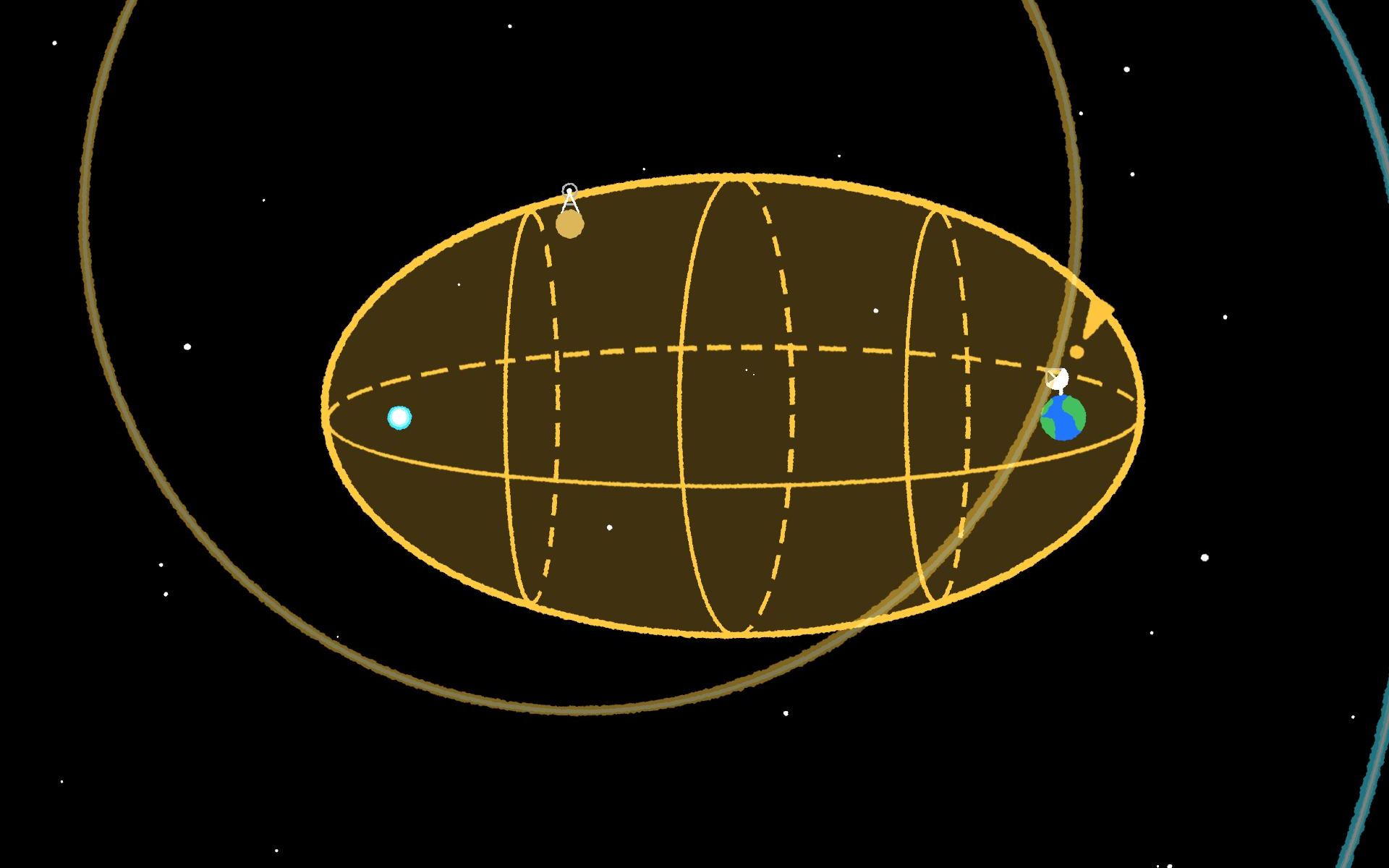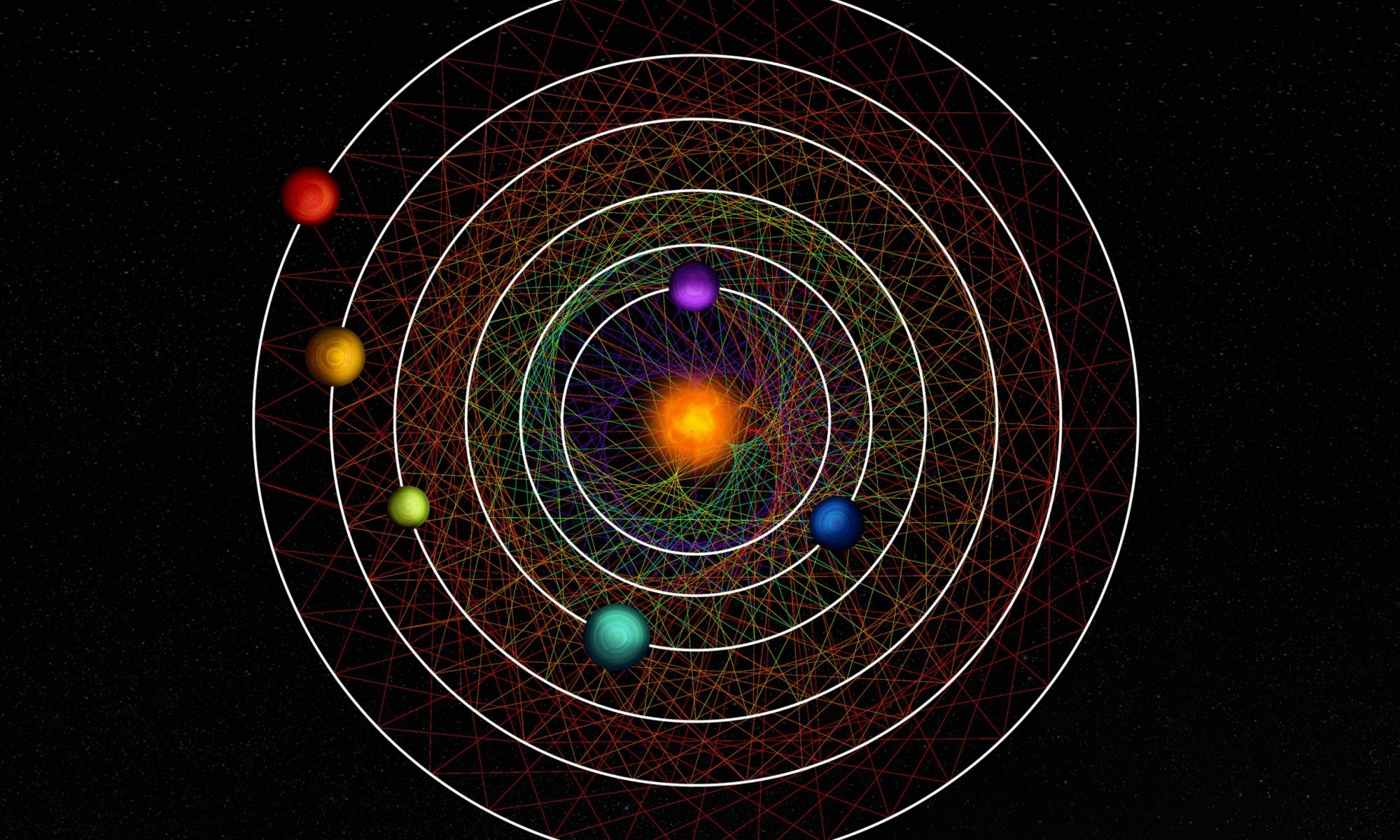Of all the questions that remain unanswered, the question of life in the Universe is surely the one that captures our attention the most. In a Universe whose observable edge is 46 billion light years away, is it even conceivable that we are alone, the sole planet among the millions and perhaps billions that are out there, where life has evolved, an oasis of life in the cosmic ocean. In the search for alien civilisations, researchers have proposed that it may be possible to use bright galactic events like supernovae to act as a focal point for civilisations to announce their presence!
Continue reading “The SETI Ellipse Tells Us Where to Search for Extraterrestrial Civilizations”Six Planets Found Orbiting an Extremely Young Star
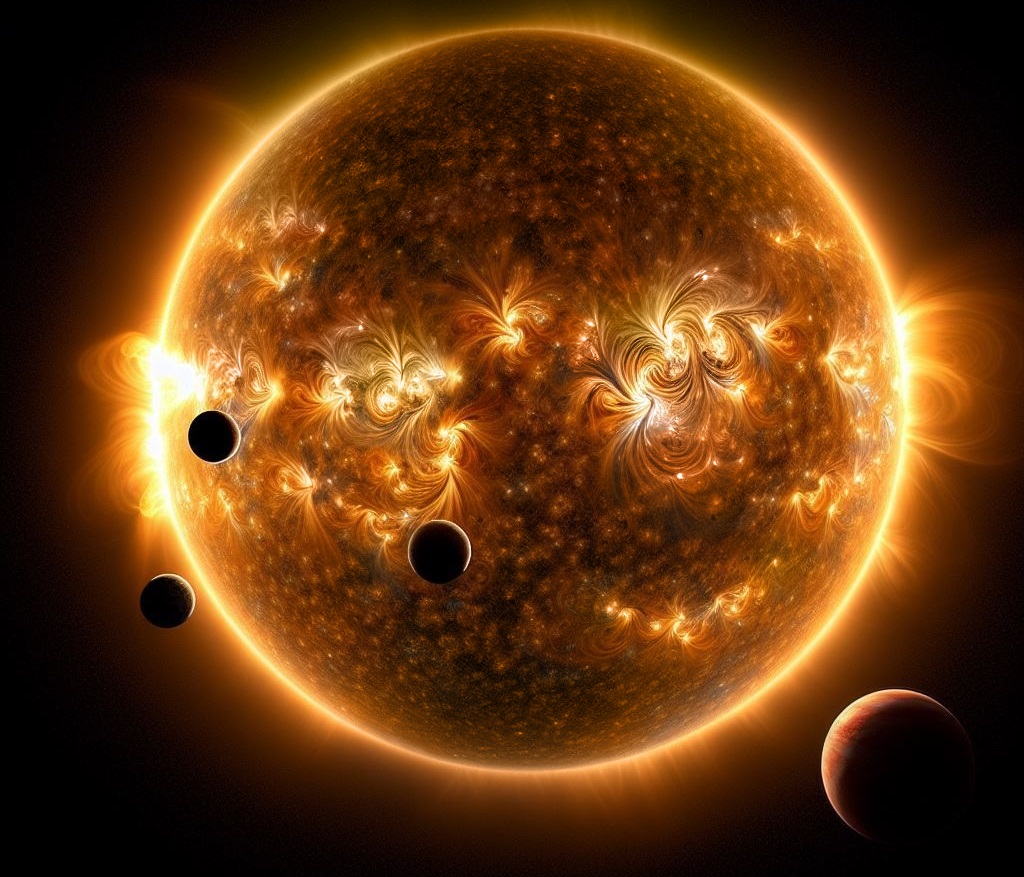
The field of exoplanet study continues to grow by leaps and bounds. As of the penning of this article, 5,572 extrasolar planets have been confirmed in 4,150 systems (with another 10,065 candidates awaiting confirmation. Well, buckle up because six more exoplanets have been confirmed around TOI-1136, a Sun-like star located roughly 276 light-years from Earth. This star is less than 700 million years old, making it relatively young compared to our own (4.6 billion years). This system will allow astronomers to observe how systems like our own have evolved with time.
Continue reading “Six Planets Found Orbiting an Extremely Young Star”Exoplanets: Why study them? What are the challenges? What can they teach us about finding life beyond Earth?
Universe Today has explored the importance of studying impact craters and planetary surfaces and what these scientific disciplines can teach us about finding life beyond Earth. We learned that impact craters are caused by massive rocks that can either create or destroy life, and planetary surfaces can help us better understand the geologic processes on other worlds, including the conditions necessary for life. Here, we will venture far beyond the confines of our solar system to the many stars that populate our Milky Way Galaxy and the worlds they orbit them, also known as exoplanets. We will discuss why astronomers study exoplanets, challenges of studying exoplanets, what exoplanets can teach us about finding life beyond Earth, and how upcoming students can pursue studying exoplanets, as well. So, why is it so important to study exoplanets?
Continue reading “Exoplanets: Why study them? What are the challenges? What can they teach us about finding life beyond Earth?”Half of this Exoplanet is Covered in Lava
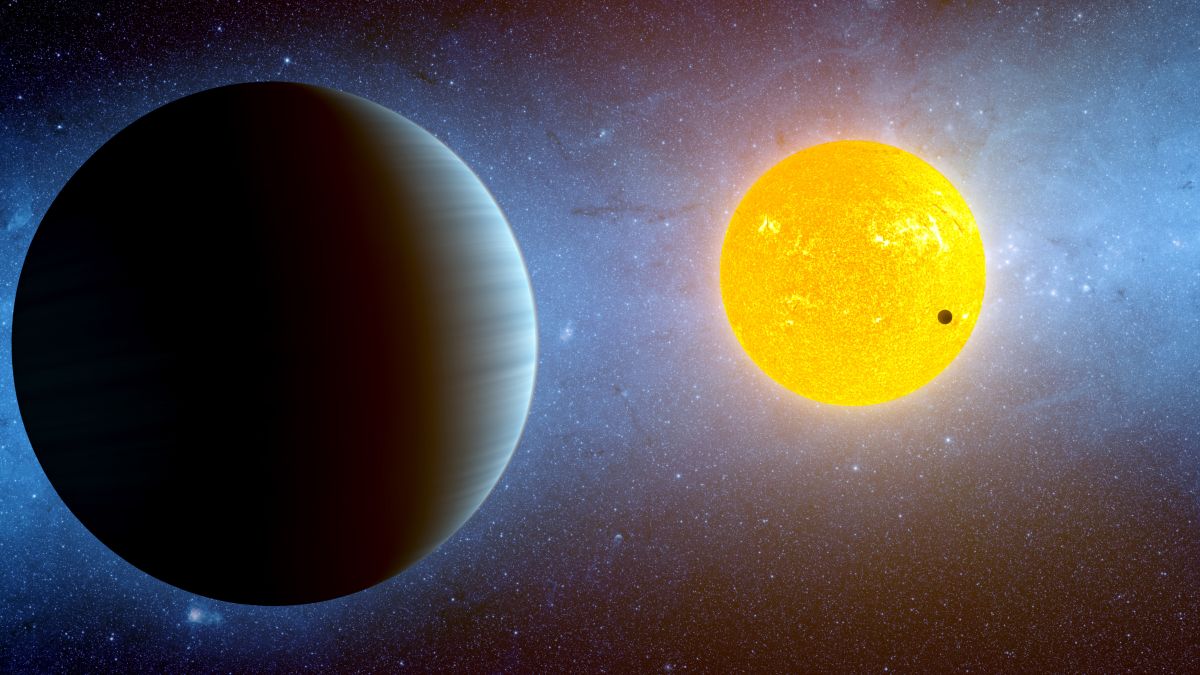
Astronomers working with TESS (Transiting Exoplanet Survey Satellite) have discovered a planet that’s been left out in the Sun too long. Or at least half of it has. The newly discovered planet is tidally locked to its star, and one side is completely molten.
Continue reading “Half of this Exoplanet is Covered in Lava”A Planetary System With Six Sub-Neptunes Locked in Perfect Resonance
A team of researchers led by University of Chicago astronomer Rafael Luque analyzed data acquired by both NASA’s Transiting Exoplanet Survey Satellite (TESS) and ESA’s CHaracterising ExOPlanet Satellite (Cheops) and found a unique planetary system. Orbiting a star cataloged as HD110067, this system contains six sub-Neptune planets. Incredibly, all six planets are orbiting in direct resonance with each other. The results of the work were published on November 29 in Nature.
Continue reading “A Planetary System With Six Sub-Neptunes Locked in Perfect Resonance”This Exoplanet is Probably a Solid Ball of Metal

We can’t understand nature without understanding its range. That’s apparent in exoplanet science and in our theories of planetary formation. Nature’s outliers and oddballs put pressure on our models and motivate scientists to dig deeper.
Continue reading “This Exoplanet is Probably a Solid Ball of Metal”TESS Finds a Planet That Takes 482 Days to Orbit, the Widest it’s Seen so Far
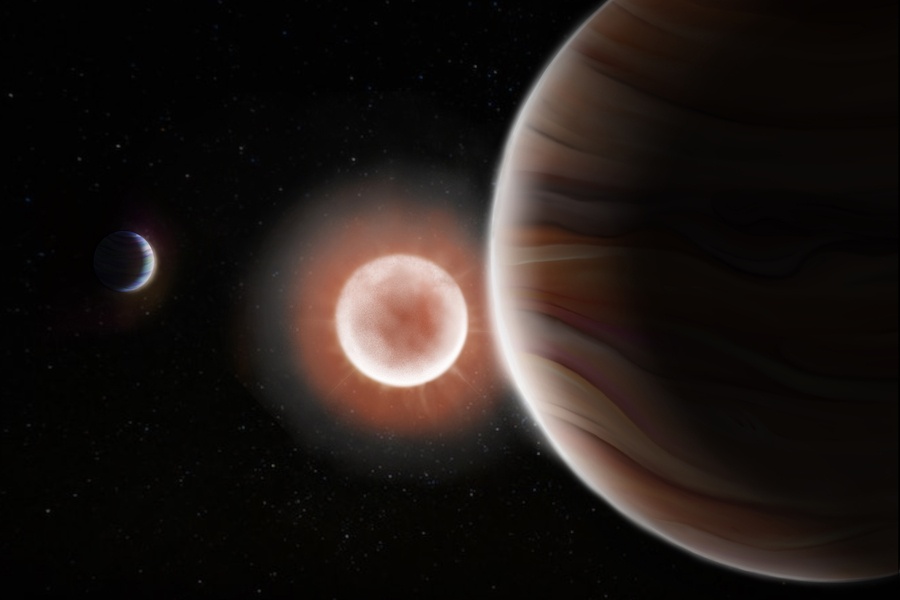
We’re rapidly learning that our Solar System, so familiar to us all, does not represent normal.
A couple of decades ago, we knew very little about other solar systems. Astronomers had discovered only a handful of exoplanets, especially around pulsars. But that all changed in the last few years.
Continue reading “TESS Finds a Planet That Takes 482 Days to Orbit, the Widest it’s Seen so Far”Astronomers Find an Earth-Sized World That May Be Carpeted in Volcanoes
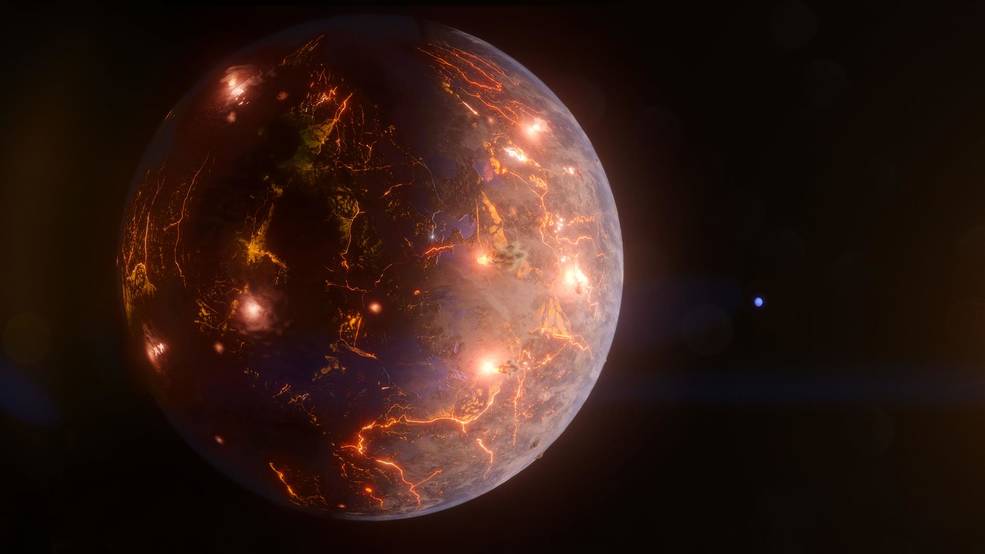
Astronomers think they’ve found an extrasolar planet covered in volcanoes like Jupiter’s moon Io, but this world is about the same size as Earth. Designated LP 791-18 d, the planet is probably tidally locked around a small, red dwarf star about 90 light-years away in the constellation Crater. There are two other more massive planets in the system, and their tidal interactions could cause enough tidal flexing that it unleashes planet-wide volcanoes on LP 791-18 d.
Planet d is located within the habitable zone of the star, and with all the other conditions, astronomers think it might be temperate enough on the permanent night side of this world to allow water to exist.
Continue reading “Astronomers Find an Earth-Sized World That May Be Carpeted in Volcanoes”Two Super-Earths Found Orbiting a Red Dwarf Star at the Edge of the Habitable Zone

NASA’s Transiting Exoplanet Survey Satellite, or TESS, was designed to find other worlds. Following in the tradition of the Kepler spacecraft, TESS has a hundred thousand stars looking for small but regular dips in their brightness. These dips are typically caused by planets as they pass in front of the star. TESS has been quite effective, logging nearly 6,000 candidate exoplanets. Confirming or rejecting these candidates takes time, but it has led to some interesting discoveries.
Continue reading “Two Super-Earths Found Orbiting a Red Dwarf Star at the Edge of the Habitable Zone”TESS Reaches Fifth Anniversary of Extraordinary Mission, but its Work is Far from Over
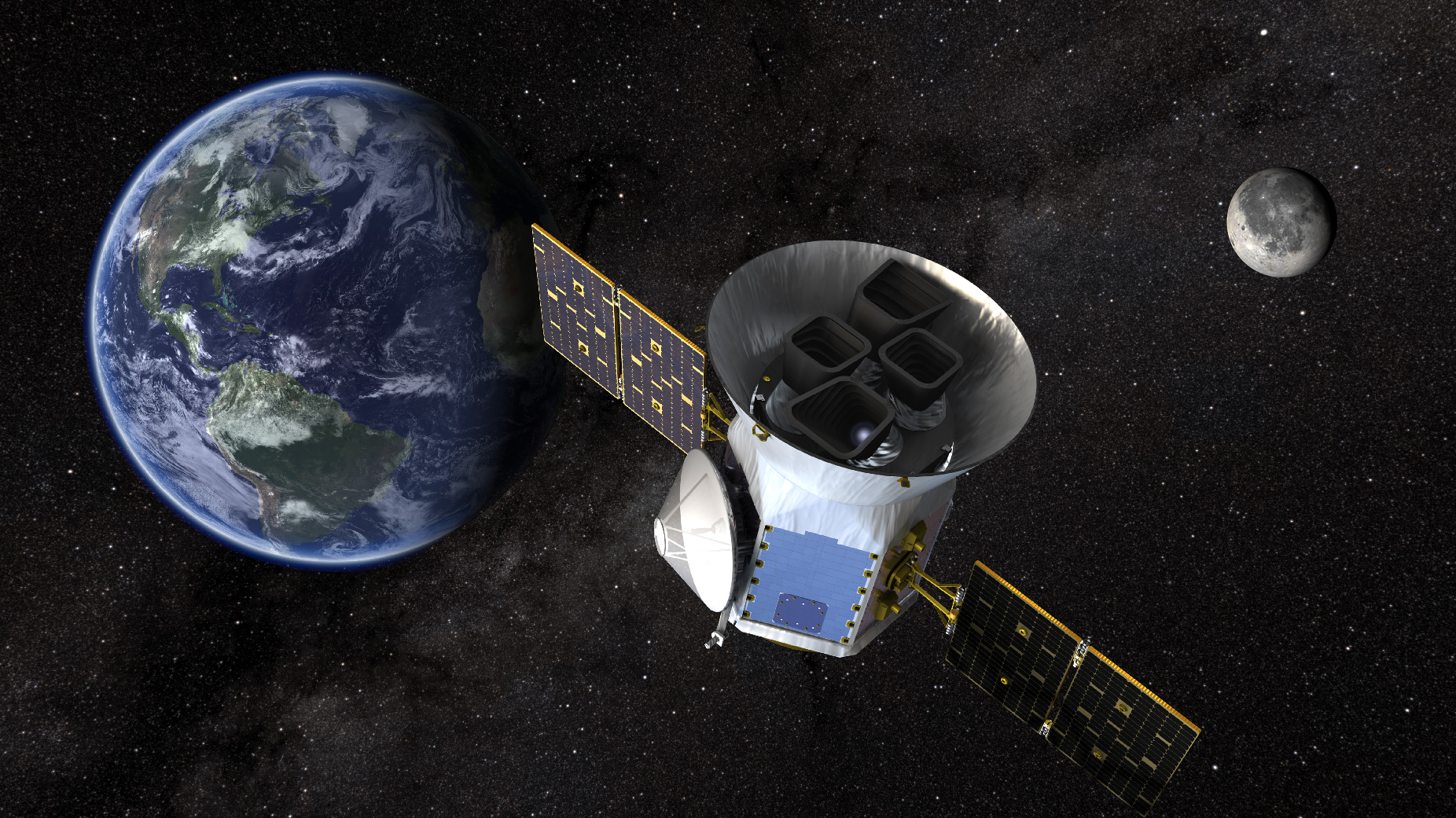
NASA’s TESS (Transiting Exoplanet Survey Satellite) mission recently reached its fifth anniversary of service to humanity as it continues to tirelessly scan the heavens for worlds beyond. Dubbed as an all-sky mission, TESS was launched on April 18, 2018, aboard a SpaceX Falcon rocket. During its five years in space, TESS’s four 24 degrees by 24 degrees field-of-view CCD cameras have successfully mapped greater than 93% of the cosmos.
Continue reading “TESS Reaches Fifth Anniversary of Extraordinary Mission, but its Work is Far from Over”
